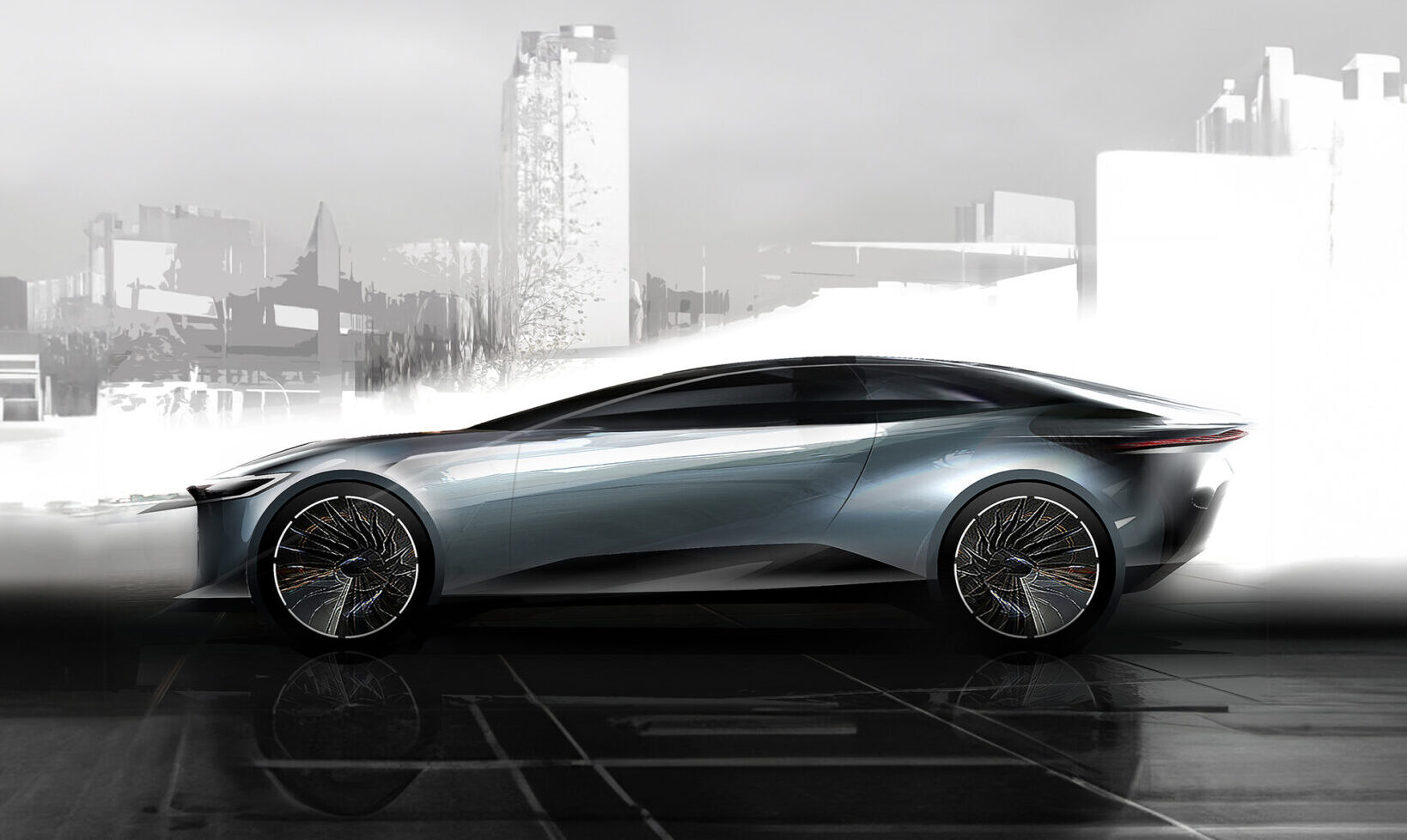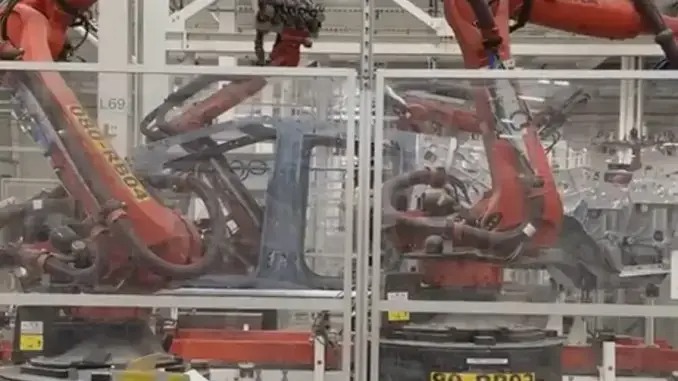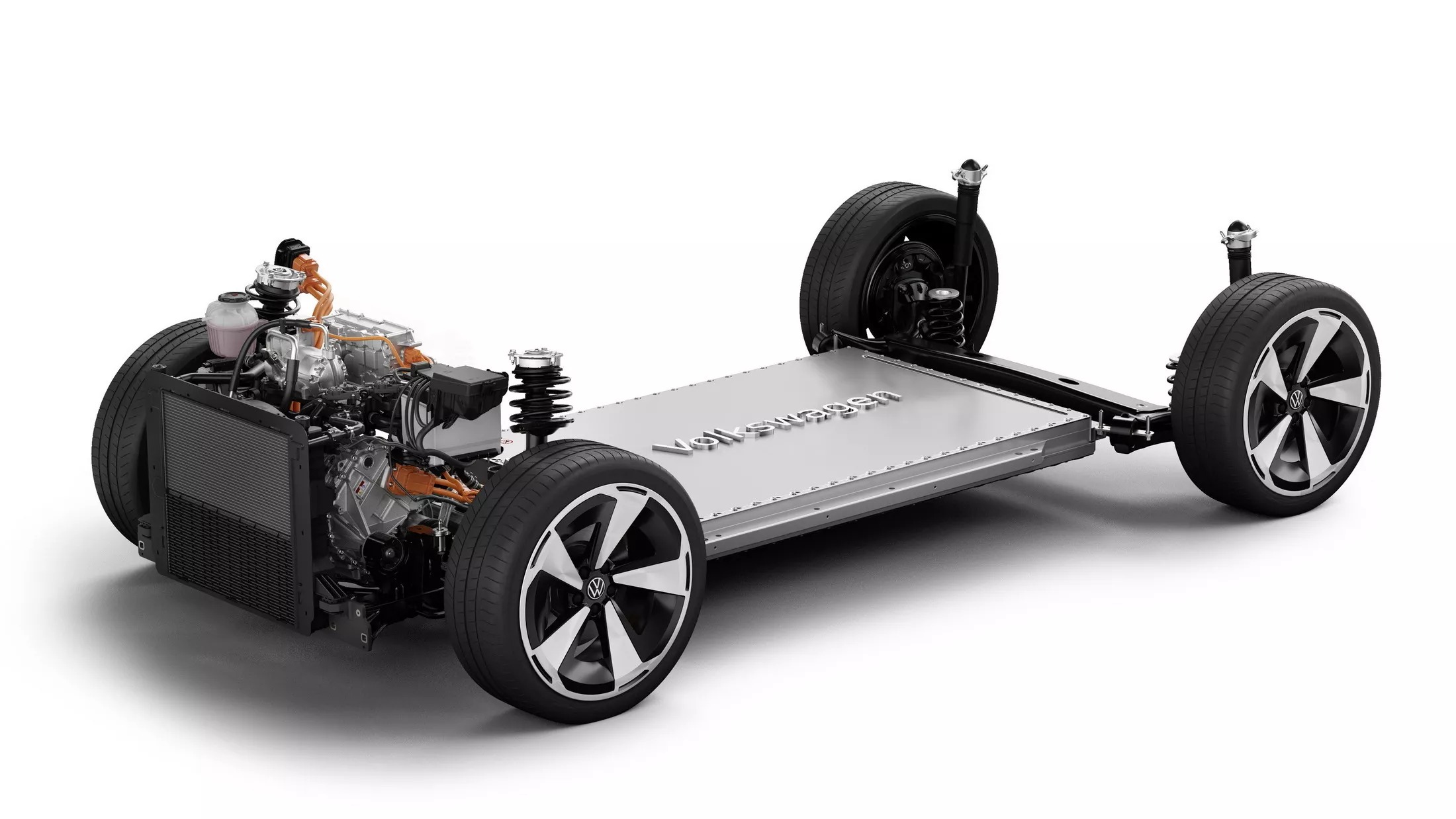Toyota Research Institute (TRI) has introduced an innovative artificial intelligence (AI) technique that aims to enhance the capabilities of vehicle designers. Traditionally, designers have relied on text-to-image generative AI tools to inspire their creative process.
However, these tools have been limited in their ability to address the complex engineering and safety considerations involved in car design. TRI’s new technique overcomes this limitation by allowing designers to incorporate initial design sketches and engineering constraints into the generative AI process, streamlining the iterative process of aligning design and engineering requirements.
Avinash Balachandran, director of TRI’s Human Interactive Driving (HID) Division, emphasized the significance of this development, stating, “Generative AI tools have often served as sources of inspiration for designers, but they have not been capable of handling the intricate engineering and safety factors that are integral to real-world car design. By combining Toyota’s expertise in engineering with the cutting-edge capabilities of modern generative AI, this technique represents a significant step forward.”
In two recently published papers, TRI researchers detailed how this technique incorporates precise engineering constraints into the design process. Key considerations such as drag, which directly impacts fuel efficiency, as well as chassis dimensions including ride height and cabin dimensions, which affect handling, ergonomics, and safety, can now be implicitly integrated into the generative AI process.
The research team drew upon principles from optimization theory, extensively used in computer-aided engineering, to connect text-to-image-based generative AI with engineering constraints. As a result, designers can optimize engineering requirements while preserving their text-based stylistic instructions for the generative AI process.







